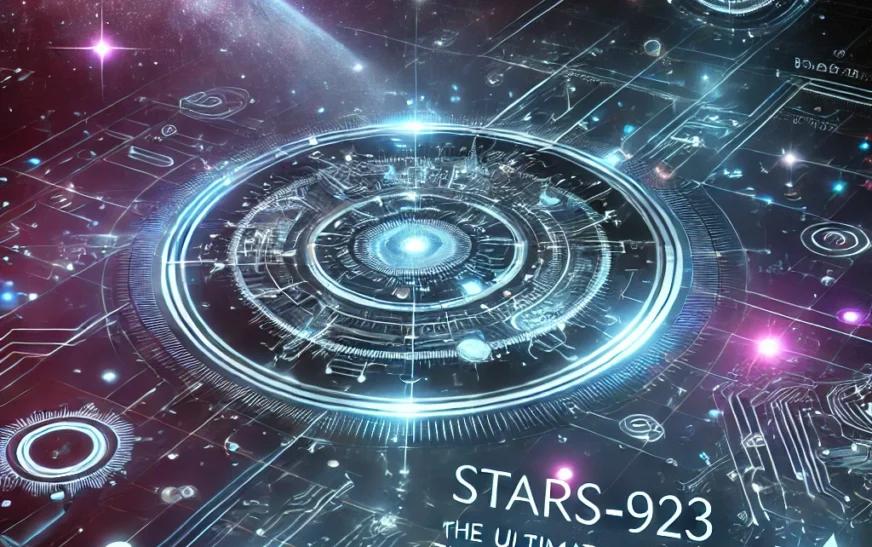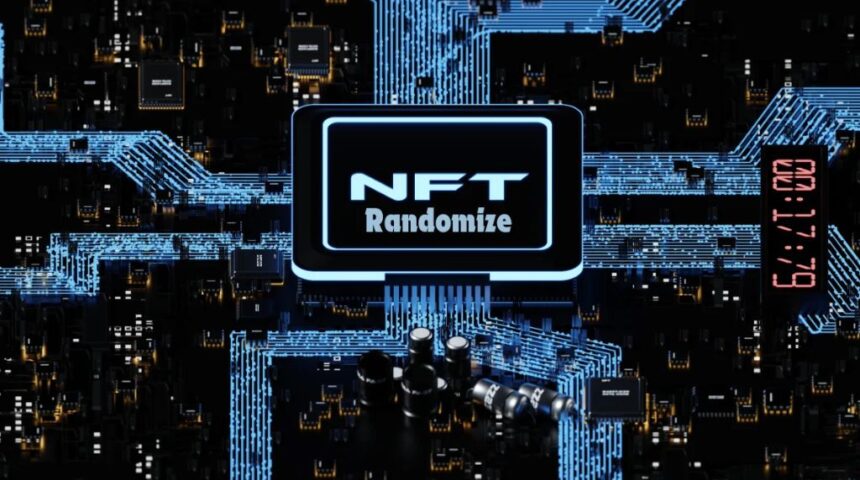The night sky has captured humanity for millennia, star both acting as a guide and the source of inspiration. The mystery and magic attached to these celestial beings have spawned numerous myths, scientific undertakings and artworks in history; but all were in the end merely mortal’s conjecture. Thanks for the rise of that song? TODAY’S INTELLECTUAL UNDERSTANDING OF STARS is as never before penetrated thanks to technological progress. Yet despite this bove, the allure remains just as powerful now and for tomorrow. In this article, we explore the enigmatic concept of “Stars-923”–a special type of celestial entity, at once scientific star and cultural icon.
What Are Stars?
Before getting into the specifics of “Stars-923,” it is necessary to understand what a star is first. Stars are brilliant balls of plasma held together by gravity. They shine brightly in the sky due to their combined effect. In their nuclei, hydrogen atoms collide to make helium atoms through nuclear fusion fire processes This consumption of energy leads to an extremely fast rate of energy. The Sun, so near and dear to us all, safely shines down on Earth-it is the lifesaver for all people. After the sun, in regions further out from here, there are billions and billions of stars just like it.
The Life Cycle of Stars
The existence pattern of a star is a complicated and entrancing interaction. It starts with a cloud, which is blurred gas and residue. In gravity’s embrace, this nebula will collapse for millions of years and become a protostar. When enough mass and pressure are built up in the protostars core, nuclear reactions start. In this way, a new star is born.
Stars stay mostly in what is called the main sequence of their lives: they fuse hydrogen into helium steadily throughout this. When the hydrogen fuel runs out in a star, what happens next depends on that star’s mass. For low to medium mass stars like our sun, the end results are that they will swell into red giants (releasticrchive.org) and later discard or take away in some other way, their final remnants. Massive stars, however, may detonate as supernovas which eventually produce either a neutron star or a black hole.
Stars-923: A Hypothetical Stellar Phenomenon
This is not an actual stellar object. Instead, Stars-923 has a more general appeal to human beings ‘ interest in the cosmos. It is a three-word name that is full of mystery and meaning, like the specific star or star action that fascinates both astronomers and ordinary people staring at the sky at night. Stars-923 might denote a newly discovered exoplanetary system, a long-distance supernova, or perhaps the drama of a star being partially ingested by a black hole. The possibilities are endless, exactly as large as the universe itself.
One way of viewing Stars-923 is that it stands for countless stars not yet found or plumbed. With the development of space telescopes like Hubble and the James Webb Space Telescope (JWST), astronomers are constantly unearthing new phenomena about which number one is accustomed to hear how they came into being. Stars-923 may be a harbinger of future discoveries–a star with extraordinary properties, a system containing several inhabited planets or a phenomenal event like nothing we have ever seen before.
The Role of Technology in Unveiling Stellar Mysteries
Modern technology has revolutionized astronomy. We can see further into the universe today than ever before. Since its send-off in 1990, the Hubble Space Telescope has given the most point-by-point photos at any point taken of remote stars and worlds. It has transformed the way we look at our universe. There has been a leap forward after all these years with the launch in 2021 of the JWST. Its infrared capabilities will allow it to see through cosmic dust clouds and back into stars and planetary systems that are just now forming.
Here is where a hypothetical object like Stars-923 becomes relevant. Perhaps the JWST or other telescopes will one day discover a stellar system or star so unique that it changes the direction of astronomical research. This system could even be composed of exoplanets with living conditions like our own, putting renewed action on an essentially age-old question: does life exist beyond our planet? In this sense, Stars-923 might be seen as representing the next advance in our attempt to understand the universe.
Stars in Culture and Mythology
The cultural symbol of stars extends far beyond scientific inquiry. In many ancient civilizations, stars have been considered as gods or ancestors of the soul. For instance, ancient Egyptian thought that the souls of the dead ascended to the stars (especially are omitted when s is used, damage to meaning) Orion, They associated this constellation with Osiris, Their lord of the afterlife. At the same time, the Polynesians used stars as a guide for their ocean voyages, skillfully observing patterns of movement above to take them great distances across the trackless waters.
In the modern age, stars still retain this symbolic significance. They are often linked to hope and guidance-or limitless prospects in the vastness of space! “Wishing on a star” is just one example of how people use their sight in order to overcome uncertainty or despair. Stars play an important role in literature and art, including such well-known works as Van Gogh’s Starry Night. Poets likewise took great liberty with their metaphors: Walt Whitman and Robert Frost both alluded to stars when writing about human feelings or experiences.
The concept of Stars-923 could be considered the juncture of science and culture—an entity that serves not only to further our knowledge about the universe but also deepen our feelings. for the beauty and mysteries lying within its vastness.
Stars-923 in Popular Imagination
But it is worth noting that beyond science and culture, the mythical Stars-923 would be an instant hit with popular imagination. Science fiction has been fascinated for centuries with the idea of faraway stars and what they might hold: alien civilizations which are unknown to Earth, or phenomena previously unimaginable. From Star Trek to Interstellar, stars have held pride of place in all kinds of explorations, adventures in the unknown and next-to-impossible feats Science.
If Stars-923 were real, it might well be the subject of countless documentaries, books and films, just like other great astronomical events such as the discovery of exoplanets or detection gravitational waves. The fact that it is hypothetical allows us to invest in the collective curiosity and desire for knowledge as we have done with actual Hasselblad cameras Yet Not weather wandered into nature studies or Providencelike Bath Bison sterile corn They’ve been sold widely out time.
The Future of Stellar Exploration
The future of astronomy is much brighter, and Stars-923 may bring new unearth findings. With the continually developing technology, we will be able to study stars (and their systems) as never before. For example, the Square Kilometer Cluster (SKA), which will be the biggest radio telescope on the planet, ought to have the option to identify faint radio transmissions from far-off stars and cosmic systems, possibly uncovering new types of heavenly peculiarities.
Moreover, space offices like NASA and the European Space Organization (ESA) have long reach intends to concentrate on stars and the climate around them as of now.The future Nancy Grace Roman Space Telescope, for example,will not only investigate dark energy but also conduct exoplanet searches and check out star clusters. This may give us knowledge we never had before about how stars live and die down in the Milky Way.
Conclusion
The hypothetical theory of stars-923 metaphor serves human habit for countless ages till the present always famous stars. In scientific inquiry, cultural myth and collective imagination stars have remained and will always be an object of mystery and magic. Pushing the limits of technological horizons and venturing more and more deeply into outer space, there is no saying what great new finds tomorrow will bring. When that day comes, stars-923 may well be turned into a symbol for people who seek knowledge unsparingly from themselves; or else it will serve notice that even though the universe is very spacious and extremely old, there are many things still waiting to be discovered amongst its myriad mysteries.









